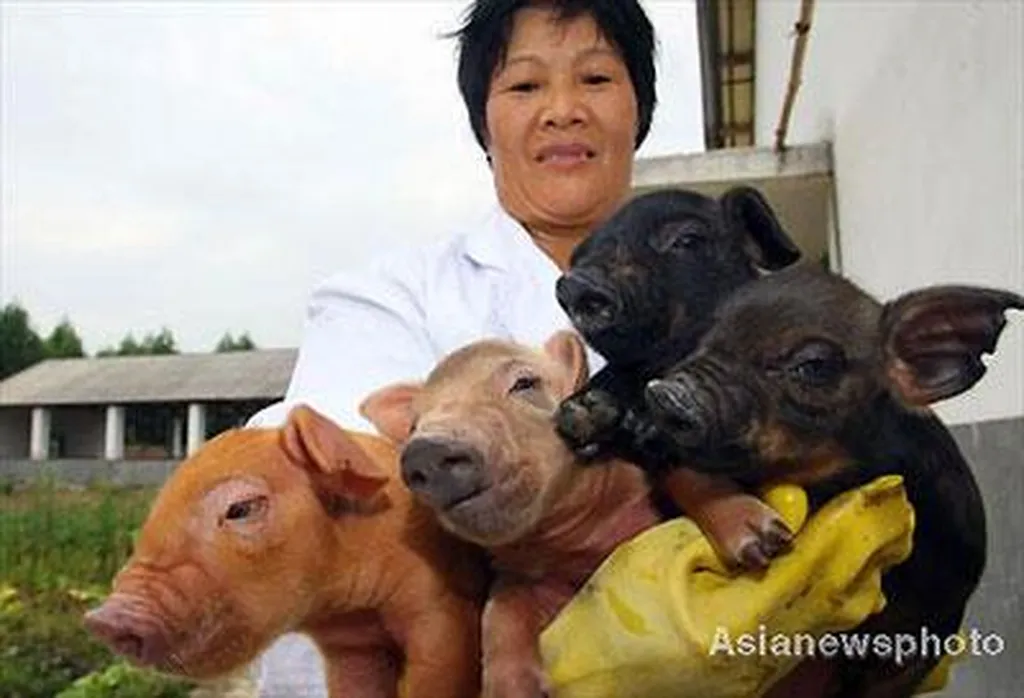In the heart of Guangxi, China, researchers are unraveling the secrets of Bama Huoma, a high-value cash crop known for its seeds, dubbed the “holy seeds of longevity.” The challenge? Its seed yield is limited by its dioecious nature, meaning it has distinct male and female plants. A recent study, led by Xiaofang Liao from the Cash Crop Institute of Guangxi Academy of Agricultural Sciences, sheds new light on the sexual differentiation of this plant, offering promising avenues for improving its yield and commercial value.
Bama Huoma, a subspecies of Cannabis sativa, has long been prized for its nutritional and medicinal properties. However, its dioecious nature has posed a significant hurdle for farmers and breeders. “Understanding the mechanisms behind sex differentiation is crucial for enhancing seed production and overall crop yield,” Liao explains. Her team’s research, published in BMC Plant Biology, provides a comprehensive gene expression profile of flower sex differentiation in Bama Huoma, marking a significant step forward in this field.
The study employed anatomical analysis and dynamic transcriptome profiling to explore the sex differentiation process. The findings revealed that female and male flowers undergo independent developmental processes, with sex differentiation occurring at an early stage before flower development. This discovery challenges previous assumptions and opens new avenues for targeted breeding and genetic modification.
One of the most intriguing findings was the crucial role of MADS-box genes in pistil and stamen development. These genes, known for their role in floral organ identity, were found to be expressed in a sex-biased and tissue-specific manner. “Eight MADS-box genes and two MYB genes showed distinct expression patterns in male or female flowers,” Liao notes. For instance, genes like MYB35, PMADS2, TM6, and AGL104 were specifically expressed in male flowers, regulating processes such as callose metabolism, pollen sac formation, and microspore maturation. In contrast, genes like AGL11, FBP24, AGL16, and two CAL genes were restricted to female flowers, playing essential roles in pistil formation, ovary development, and stigma differentiation.
The implications of this research are far-reaching. By understanding the genetic mechanisms behind sex differentiation, breeders can develop strategies to enhance seed production and improve crop yield. This could significantly boost the commercial value of Bama Huoma, benefiting farmers and the agricultural industry alike.
Moreover, the study provides a foundation for further research into the sexual differentiation of other dioecious plants. “Our findings offer new clues and information for further study in this field,” Liao says. This could lead to advancements in crop improvement and genetic engineering, ultimately contributing to global food security and agricultural sustainability.
As the world grapples with the challenges of climate change and food security, research like Liao’s offers a beacon of hope. By unlocking the secrets of plant biology, we can pave the way for a more sustainable and productive future. The study, published in BMC Plant Biology, is a testament to the power of scientific inquiry and its potential to transform our world.

